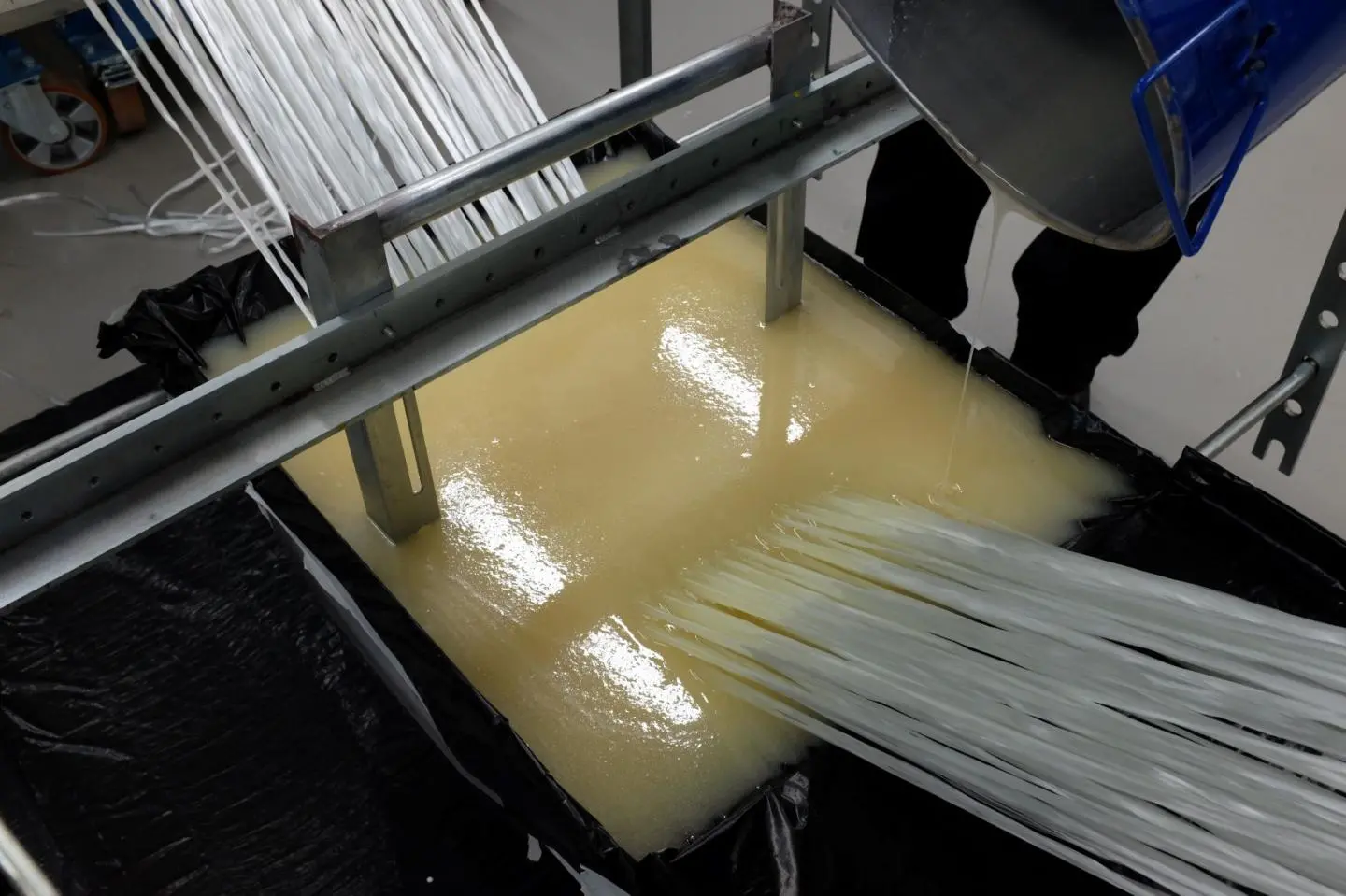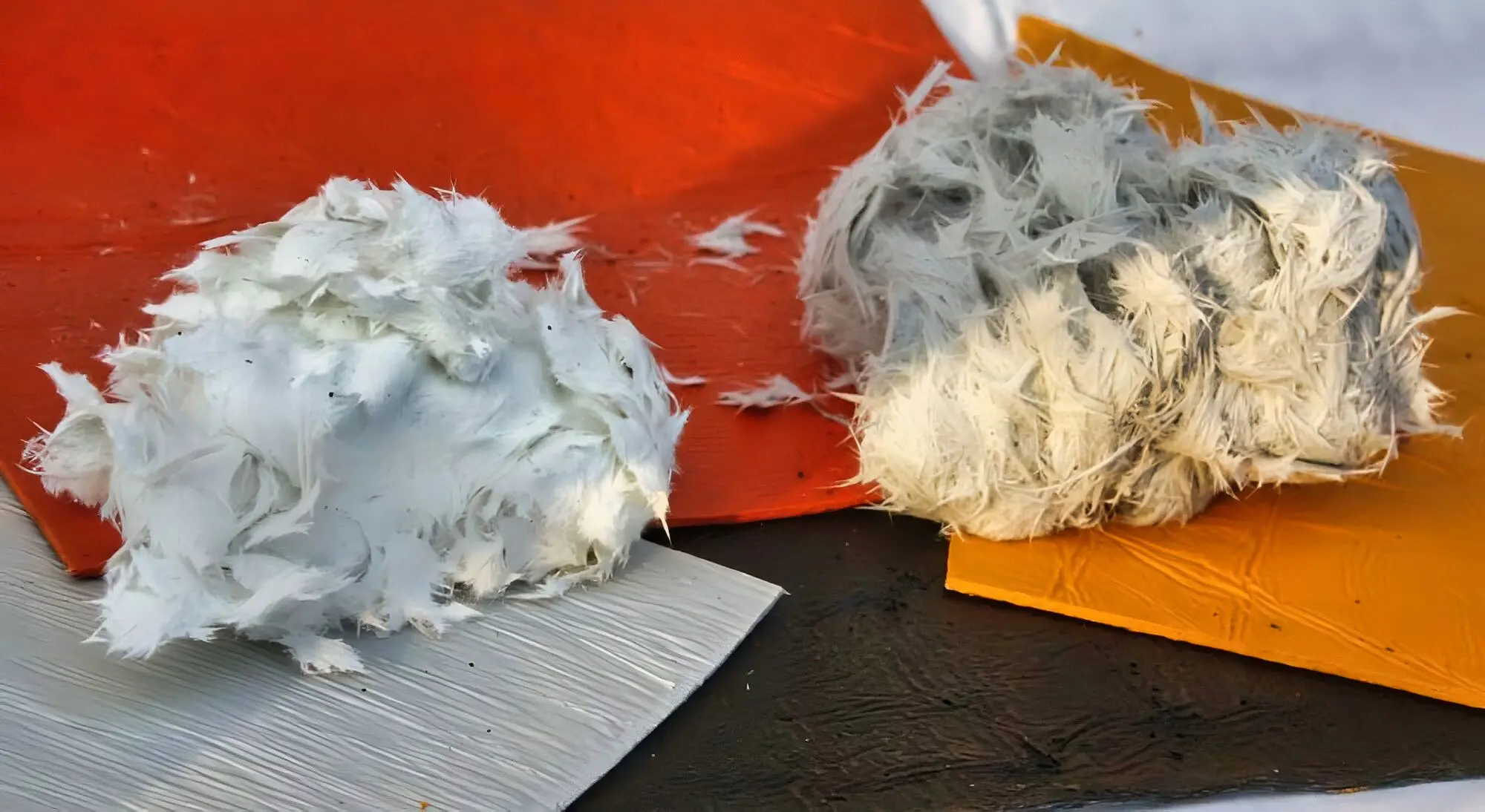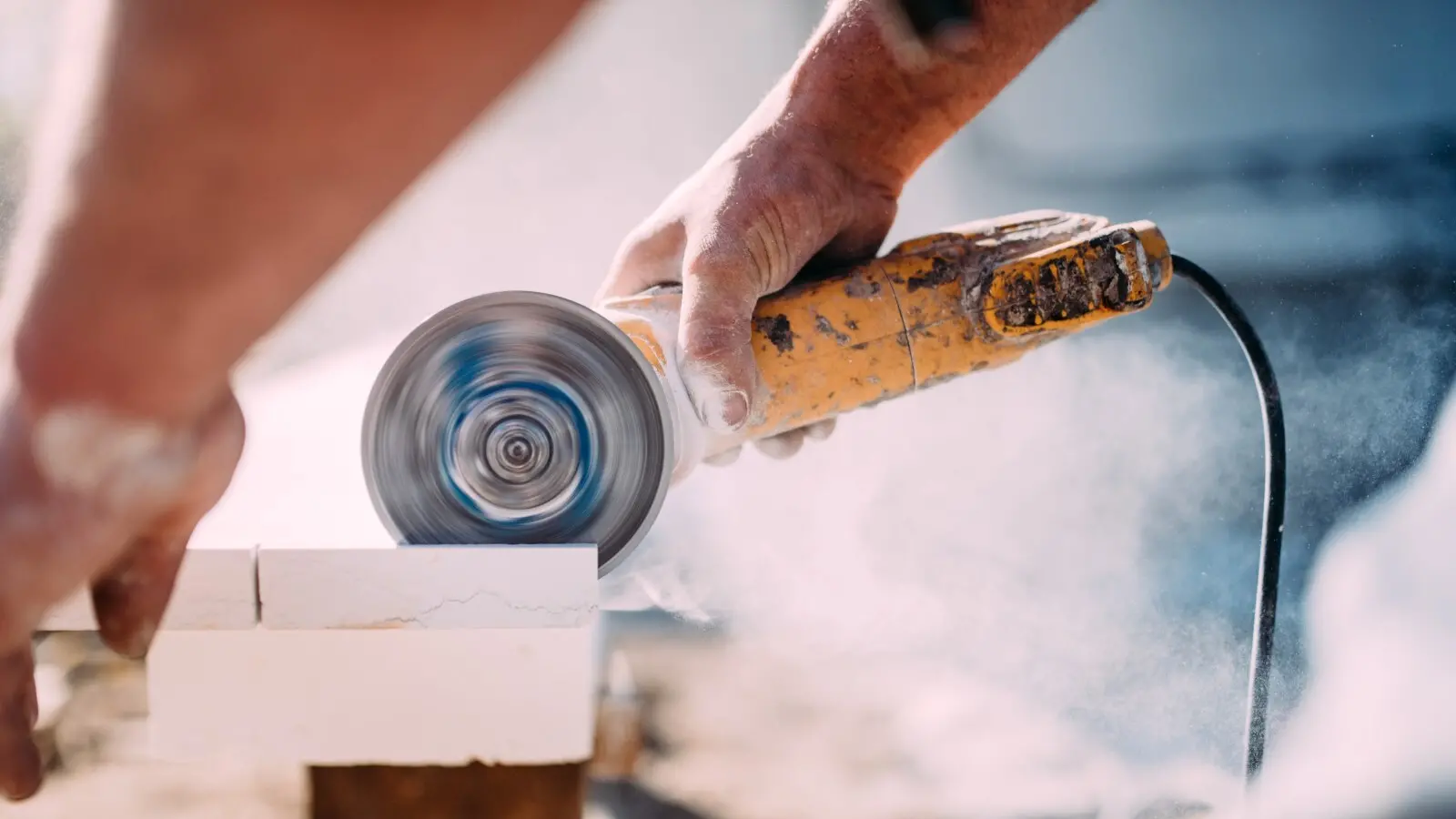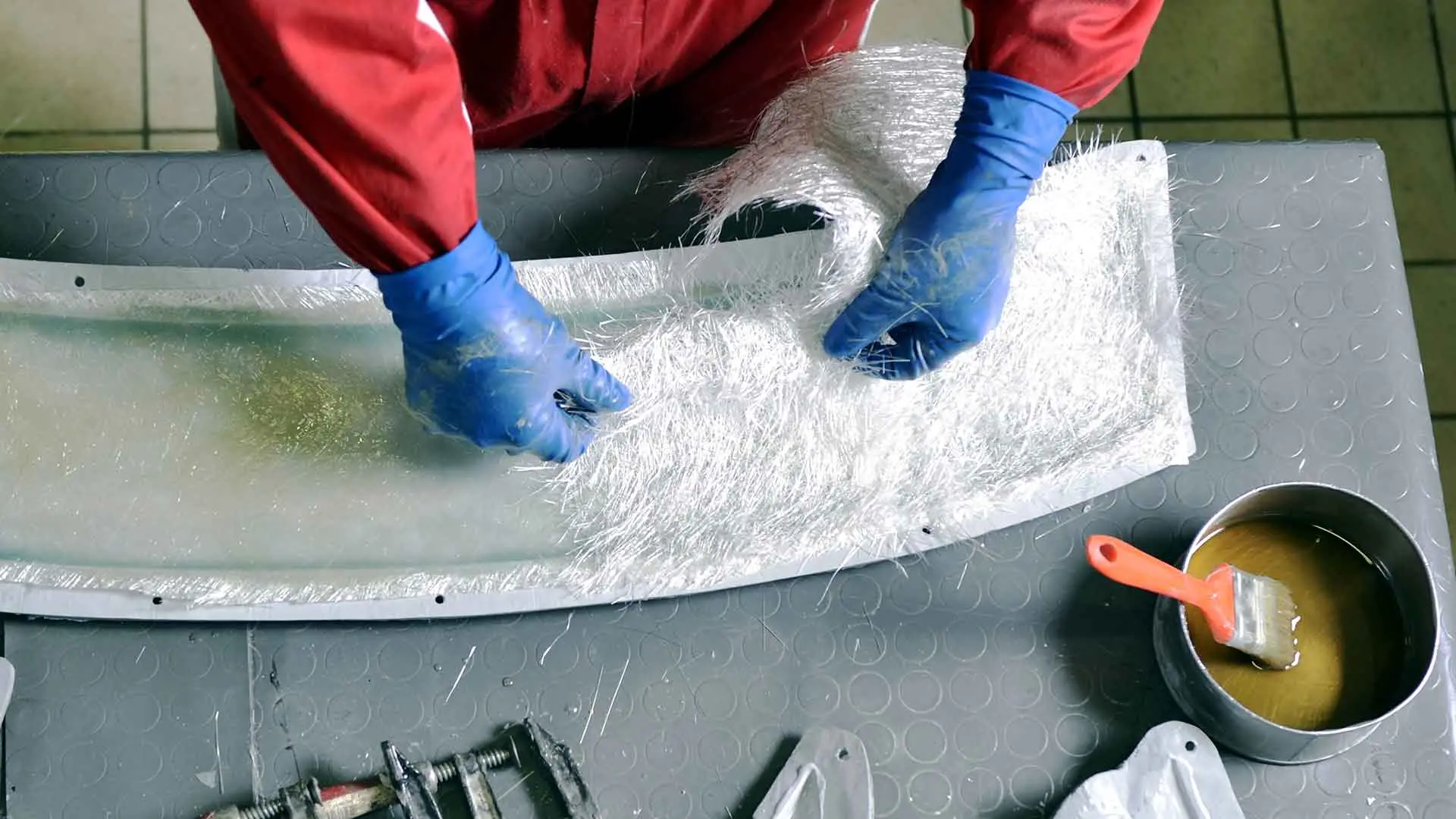What Are the Causes of Shrinkage and Deformation in Fiberglass?
In the fiberglass processing industry, the issue of shrinkage and deformation is a recurring topic. What causes this phenomenon? There are two main mechanisms responsible for shrinkage: curing shrinkage and cooling shrinkage.
Curing Shrinkage
Curing shrinkage occurs in two stages: during the curing process (before demolding) and during post-curing (after demolding).
- Curing Shrinkage Definition: This refers to the volume change of the resin during the curing process. Curing shrinkage is inevitable, and it is preferable for it to occur before the part is demolded.
- Post-Curing Shrinkage: After demolding, additional curing continues, leading to further shrinkage that can cause appearance defects on the mold surface. This is often referred to as “post-curing,” but the actual deformation results from this additional shrinkage during the post-curing stage.
To mitigate these issues, selecting suitable low-shrinkage resins is the most effective approach.
A conventional rule of thumb for room-temperature cured polyester is that for every 25% fiberglass reinforcement by weight, the shrinkage is approximately 1/32 inch (1.975px) per linear foot. Compared to fiber-reinforced resins, gel coats tend to shrink more, causing greater warping on the gel coat surface. For this reason, any large, flat areas should be slightly convex to prevent indentations in the opposite direction. Small panels may adopt a bulge of about 1/4 inch (15.875px) per linear foot.
Cooling Shrinkage
Cooling shrinkage occurs as layers cool at a stress-free temperature, resulting from thermal contraction, which is related to the temperature at which the resin hardens. The greater the temperature difference between the stress-free temperature and room temperature, the more cooling shrinkage will occur.
To control cooling shrinkage, efforts should be made to reduce the exothermic temperature during layer curing. Fully curing the resin helps to minimize post-curing shrinkage, which may require raising temperatures. Lowering the exothermic temperature and avoiding high temperatures can also reduce cooling shrinkage. Therefore, the optimal curing plan largely depends on the exothermic temperature of the layer and the weight of the resin surface area.



